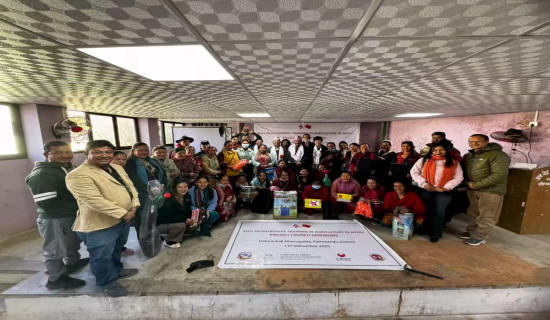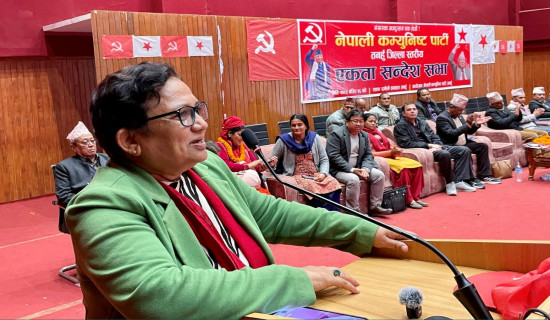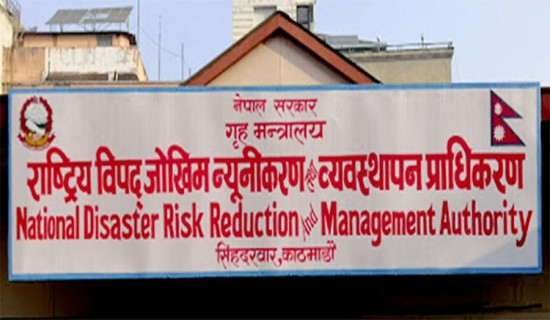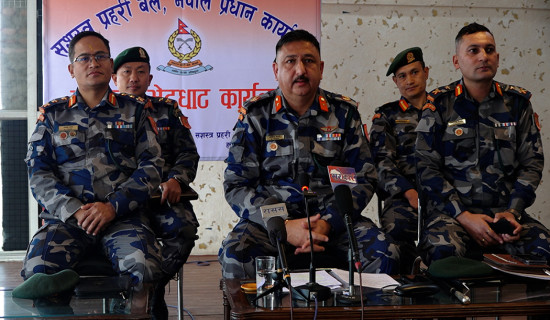- Saturday, 13 December 2025
ICT In Disaster Management
The season of monsoon has begun. It is a double-edged sword for South Asian region. The season brings much-needed rains for agriculture in the region, but it also causes floods and landslides. In Nepal, where most of the arable land are devoid of irrigation facilities, monsoon is indispensable for farmers to grow crops for food. At the same time, rain-fed swollen rivers sweep away bridges and destroy critical infrastructure, cutting settlements off the schools, hospitals, markets and other critical resources. The rains also inundate or wash away farmlands, raising the issue of food security. Inundation and flood force people out of their houses and seek refuge in higher ground.
What's more, rain-triggered landslides wipe out settlements and everything that comes on its way and block highways, rendering them unnavigable and straining the economy. When roads become unpassable, transportation comes to a standstill. Its impact is disproportionately felt in cities, where everything, including the most basic of the daily essentials like food, needs to be brought in by trucks from faraway lands. Making matters worse, monsoon disasters also topple poles – conduit through which transmission and other lines make their way to households – disrupting critical needs such as electricity and internet.
Aware of these costs and in an effort to mitigate the impacts, Minister for Communication and Information Technology Rekha Sharma has urged the concerned bodies and stakeholders to establish a system to provide timely and accurate information to the general public for minimising monsoon risks and disasters. The Minister invited an Emergency Telecommunications Cluster (ETC) meeting to ensure preparedness and readiness of the agencies under the ministry. She also emphasised readiness by keeping all structures prepared and urged stakeholders to initiate pre-preparedness measures by providing immediate information to citizens.
The Minister has also requested telecommunications and internet service providers to identify potential risk areas and implement alternative arrangements to ensure uninterrupted service. In emergency situations, communication is crucial. Providing timely information can prevent financial losses and facilitate effective recovery, treatment and relief efforts. "A stitch in time saves nine," goes the saying. In the immediate aftermath of disasters, timely and effective information is critical for the decision-making process. Information and Communication Technologies (ICTs) can play a significant role in mitigation, preparedness, response, and rehabilitation by facilitating uninterrupted flow of vital information.
Innovative technologies such as robotics, drone technology, GIS, and emerging technologies like artificial intelligence (AI), the Internet of Things (IoT), cloud computing and Big Data are transforming the complex process of disaster management. ICT presents innumerable digital tools for disaster management. Security agencies that are entrusted with managing natural disasters as well as relevant international organisations should cooperate and collaborate to realise the full potential of the technologies to effectively deal with unfolding humanitarian crisis in the wake of a catastrophic event.
The frequency and intensity of natural disasters have increased globally and emergency preparedness and response is one of the most pressing issues worldwide. We can do nothing about raging rivers or sweeping landslides. But we can surely mitigate their impacts. This calls for efforts like alerting the vulnerable people about the imminent disasters or once they strike, well-planned management that effectively rescues the affected and puts the cost within bearable limits before they spiral out of control.










-original-thumb.jpg)


-original-thumb.jpg)


